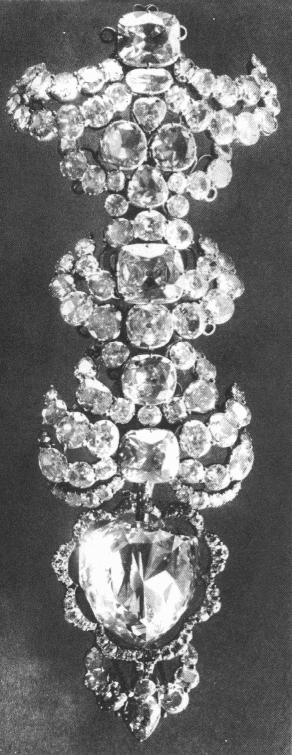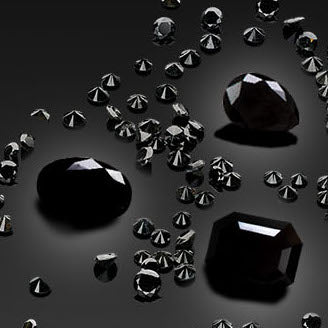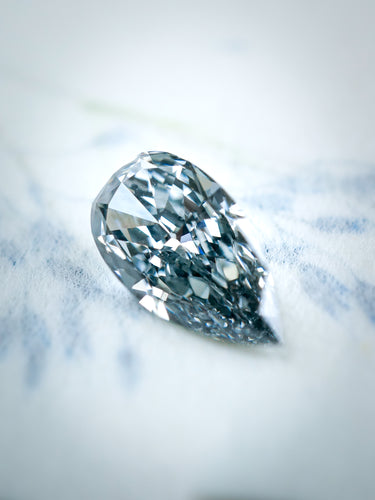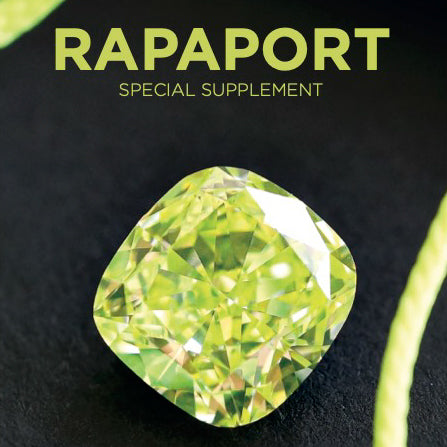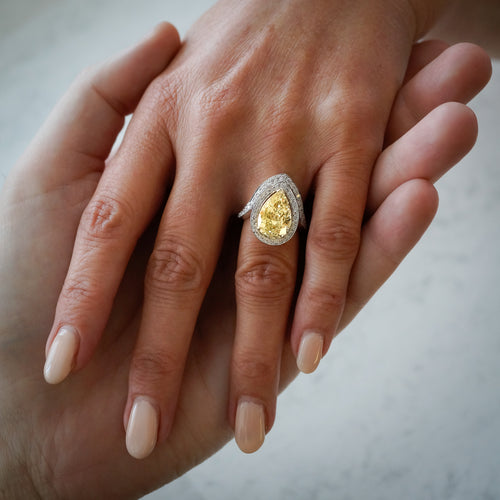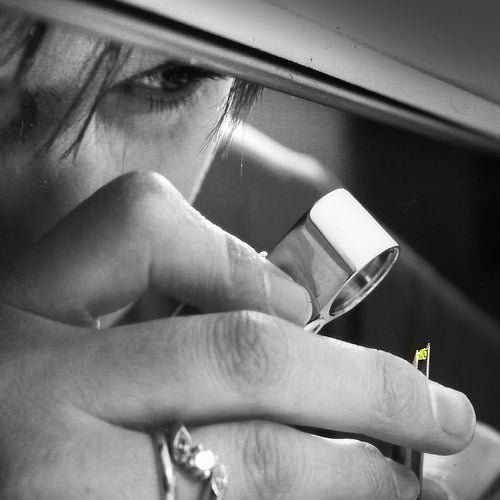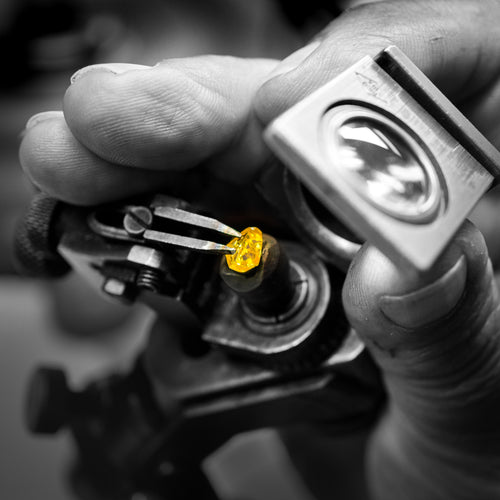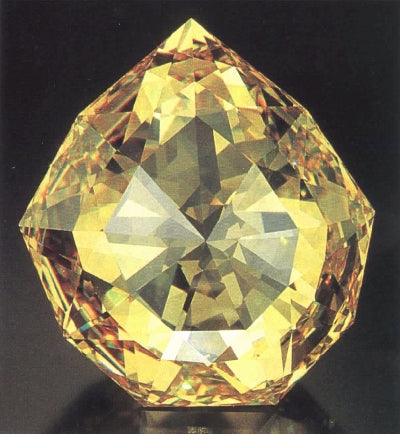
The Florentine diamond is also known under the names Tuscan, Grand Duke of Tuscany and Austrian Yellow. The first traces of the Florentine can be found in the 13th Century. It probably came from Asia via the usual commercial routes and fell into the hands of the very rich Medici, a family of Florentine bankers, merchants and patrons. Over the centuries, this family acceded to power and became the Grand Dukes of Tuscany.
In 1657, the famous gem collector Tavernier went to the court of the then Grand Duke, Ferdinand II, in order to examine the Florentine. He published a description as well as a drawing of this stone in his book "The Six Voyages of John Baptiste Tavernier" (Paris, 1676).
At 139 carats, this diamond had 126 facets and a typical Indian cut. It had an irregular nine-sided shape and its color was close to that of a lemon. In 1743, the Florentine joined the jewels on the Crown of Austria but all trace of it was lost with the fall of the Habsburg Empire in 1918.
All sorts of wild hypotheses have since surfaced as to its current whereabouts.
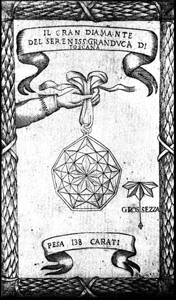
Only Jean-Baptiste Tavernier's drawing of the stone and a few black and white photos (from prior to 1921 when the stone disappeared) exist.
